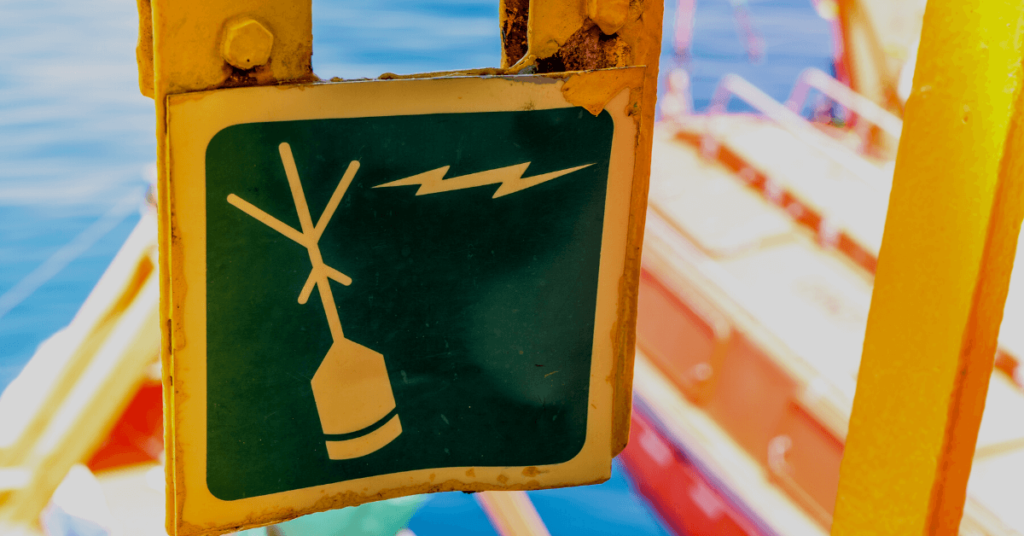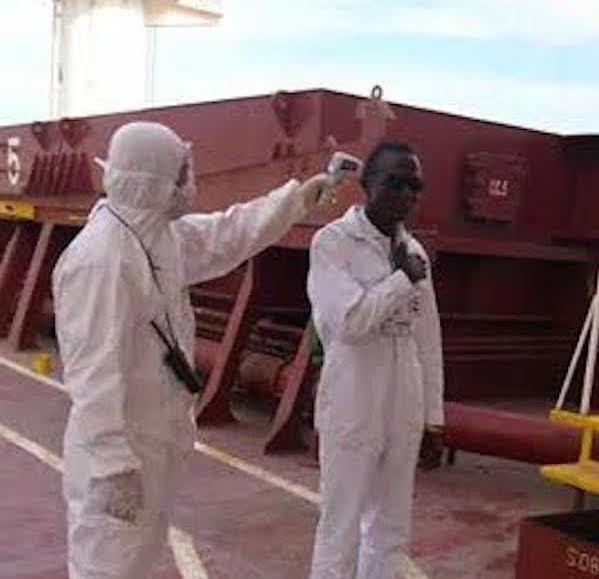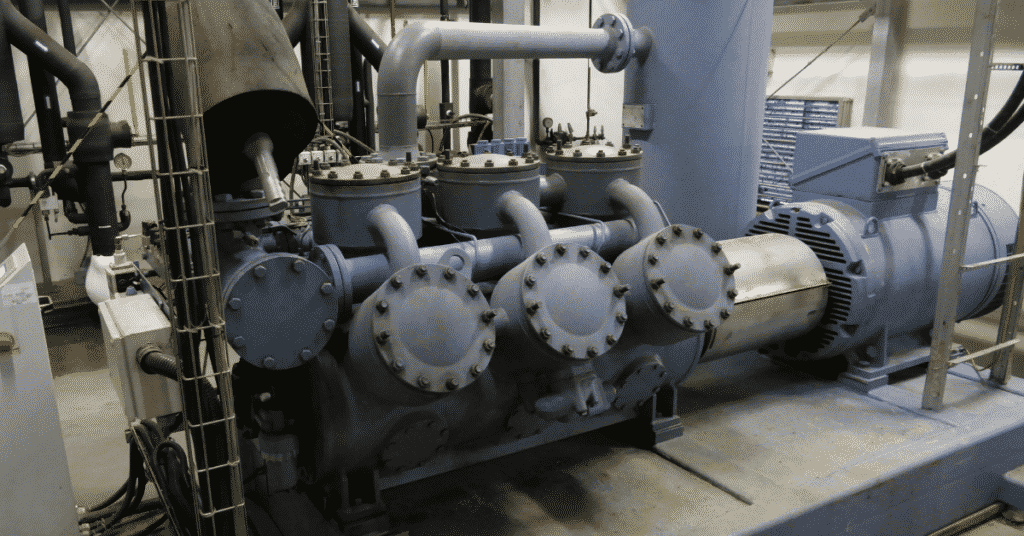Two Incidents That Prove Improper Communication Leads To Accidents At Sea
Communication is a common, widely used small word with a wide context.
A very common funny incident quoted these days – Someone called up emergency services stating that a person named Hu met an accident.
By the time the Emergency services could assert themselves regarding the identity of the victim and understand that it was Hu and not Who – the victim had passed away.
Often we have seen junior ranks on ships responding with ‘Yes Sir’ for any task assigned, and later on, to be discovered something else has been done with respect to the subject matter.
The above example states the importance of an accurate and precise comprehension of instructions and their relevant and situational interpretation as well.
Various instances onboard require a mariner to respond and act according to pre-defined and specified patterns during routine and emergencies.
For various non-routine tasks also companies have introduced team meetings, tool box meeting and risk assessment procedures.
These sessions of interaction are invariably held, and they assist a master or other team leaders in recognising the merits and demerits of their team members prior to a task.
Communication between team the leader and team members or amongst team members here plays a pivotal role in underlining the probable inception of error chains and eliminating such root causes.
The below incidents highlight how various communication failures led to accidents and even loss of property.
Case 1 : A vessel was transiting Suez Canal with a pilot onboard where she was supposed to be navigating along the centre line of the channel , however as she drifted away from the centre line the pilots and bridge team used corrective helm and engines to counter it.
By the time the vessel had swung considerably and it neared another bank on the opposite side. The stern of the vessel brushed and contacted with rocky bottom.
A heavy thud was heard and vibrations felt on the wheelhouse and engine room as well.
Speed of the vessel dropped and picked up again. All ship staff noticed the vibrations. Engine room called up bridge to confirm if everything was in order.
Both the officers on watch confirmed with the pilot if everything was to which pilot responded affirmatively.
The vessel had picked up speed again and resumed the canal transit.
The senior most officer on watch neither called master nor discussed it later on with him.
However, below the waterline the forward part of the hull suffered damages and thus her strength was reduced considerably in the area of impact.
Slight deformation was there but below the waterline. The vessel crossed the canal and while she was loading in load port, a large thud was heard again, and the officer on watch noticed water rushing in ballast tanks No. 1 ,2 ,3 on Port Side.
Due to continual stresses on a damaged, deformed and fatigued hull, the weak zone crumbled and gave away.

The root cause upon investigation was lack of communication among onboard team as they failed to assess damages through ballast tank inspection after a contact and report the shore based management about the same.
A strong channel of communication here between team onboard and shore staff could have saved off hire charges and the loss of reputation the ship owners suffered.
Case 2 : In another chain of events a team of engineers at sea were busy with pre arrival tests of cargo machinery.
It was planned to test the steam turbine driven cargo pumps. The junior-most engineer was asked to open the main steam valve.
There were three valves in total, one each for a turbine. He opened one of the valves, and there was a rattling sound of steam gushing through the line which damaged one of the steam turbine.
A wrong turbine that was not being warmed up was exposed to steam. The vessel was approaching port within three days, and no spares for turbine were available onboard; thus vessel had only two pumps operational instead of three.
This information was not conveyed further to the terminal in their pre-arrival questionnaire or the charterers.
Instead, the vessel reported all cargo equipment in order.
As a result, this vessel was put on off hire till all three pumps were operational and black listed at the terminal for that port.

The above incident did not happen because the team members were incompetent. The prime fact which the team had neglected was communication of specific instructions and the acknowledgement of the same by the personnel to whom the jobs have been assigned. A Reciprocating method is always helpful to prevent an error chain from developing.
A very common subject matter of case studies often points out authority gradient as a major contributing factor in accidents related to Navigation.
Bridge team failures where due to one sided or restricted communication between senior and junior deck officers, the vessel ran aground, collided with a berth or another vessel or escaped a near collision situation.
Bridge team management or bridge resource management emphasises on the development of two ways and interactive communication along with requisite navigational skills and expertise.
As rightly put by them – Ill managed resources or personnel on the bridge pose an equivalent hazard comparable to navigational hazards during a passage.
In almost every error chain, the consequences of which gradually lead to an accident has been due to failure of the team to communicate instantly and without hesitation.
A team leader should always create an amicable environment and encourage inputs and active participation of his team members while planning and executing various tasks onboard.
A well-assessed team is an essential feature to achieve targets in a safe and time-bound manner.
Such teams witness well coordinated efforts with shore management and support.
Follow up of an instruction given is to be ascertained so that the job performed is relevant to the purpose intended.
It is important for a team leader to provide precise instructions and, at the same time, for team members to understand them clearly.
Onboard Communication can be in three forms verbal, written instructions or signalling. A few tips for improving communication channel onboard are :
- The instructions or questions should be audible, in detail, relevant and should focus on the task. Never try to hide or ignore any tiny information amongst team members or from the team leader.
- Most importantly, it is always advisable to discuss, ask or give an explanation in case of ambiguity or confusion before attempting to start or continue any task.
- Right channel for communication should always be established and followed onboard. This is often laid out and defined in the Company management manuals.
- Appropriate means for communication should be identified and used accordingly. A very good example is – During Trying out of main engines locally or while working in pump rooms a sound powered telephones or ship’s internal telephones are more effective as compared to Walkie talkies , whereas during mooring stations or pilot transfer arrangements walkie talkies are handy and a swift means to use. Similarly, during drills, emergency alarm should be sounded first to alert the onboard team, and them agreed means of communication used during the contingency.
- Lastly, a constructive and positive response even to insignificant inputs from the onboard team will always ensure their active participation.
Always remember – Do not say ‘Yes Sir’ if you do not understand it. A timely communicated shortcoming or deficiency can save a lot of untimely losses and perils.
Do you have info to share with us ? Suggest a correction
Latest Ship Safety Articles You Would Like:

About Author
Abhishek Bhanawat is a chief officer who has worked on various types of tankers. He specializes in Crude Oil and Product Tankers. He is highly passionate about his work and loves to sail.
Subscribe To Our Newsletters
By subscribing, you agree to our Privacy Policy and may receive occasional deal communications; you can unsubscribe anytime.






















I know that civilian shipping around the world has strict rules for “chain of command” and responsibilities on a ship, regardless of type. But I also know that communication is and always has been a source of possible misunderstandings, too strict chain of command etc. etc.
I can’t help but wonder why a communications- and command system similar to that on the flight deck of an aircraft is not adopted on merchant ships. Naval vessels in many navies around the globe has such a system by now, and for much the same reason. To avoid misunderstandings leading to incidents and accidents.
These systems include a well adressed chain of command and an ordergiving system with a five point checklist at all times, both in routine and other situations and procedures, where an order given is always queeried by the person giving the order and is not carried out untill a return relay of all five points has been given in order to avoid misunderstandings.
So why not adopt such procedures on civilian shipping of any kind?
This is a great article about the importance of accurate and clear communication in the working environment. Thanks!!